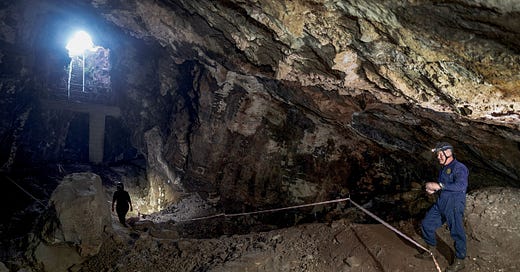Homo naledi: A Controversial Claim on Ancient Burial Practices
New research challenges the claim that Homo naledi buried its dead, raising questions about both human evolution and emerging scientific publishing models
The Extraordinary Discovery of Homo Naledi
In the heart of South Africa’s Rising Star Cave system, paleoanthropologist Lee Berger and his team uncovered something extraordinary nearly a decade ago: the fossils of a small-brained hominin, Homo naledi. This diminutive species, with a brain about one-third the size of modern humans, was unlike any other hom…
Keep reading with a 7-day free trial
Subscribe to Anthropology.net to keep reading this post and get 7 days of free access to the full post archives.


